Explainers ·
What is marine cloud brightening?
Regional marine cloud brightening is a potential management tool for our Great Barrier Reef, offering an opportunity to shade and cool a full range of habitats across the reef ecosystem.
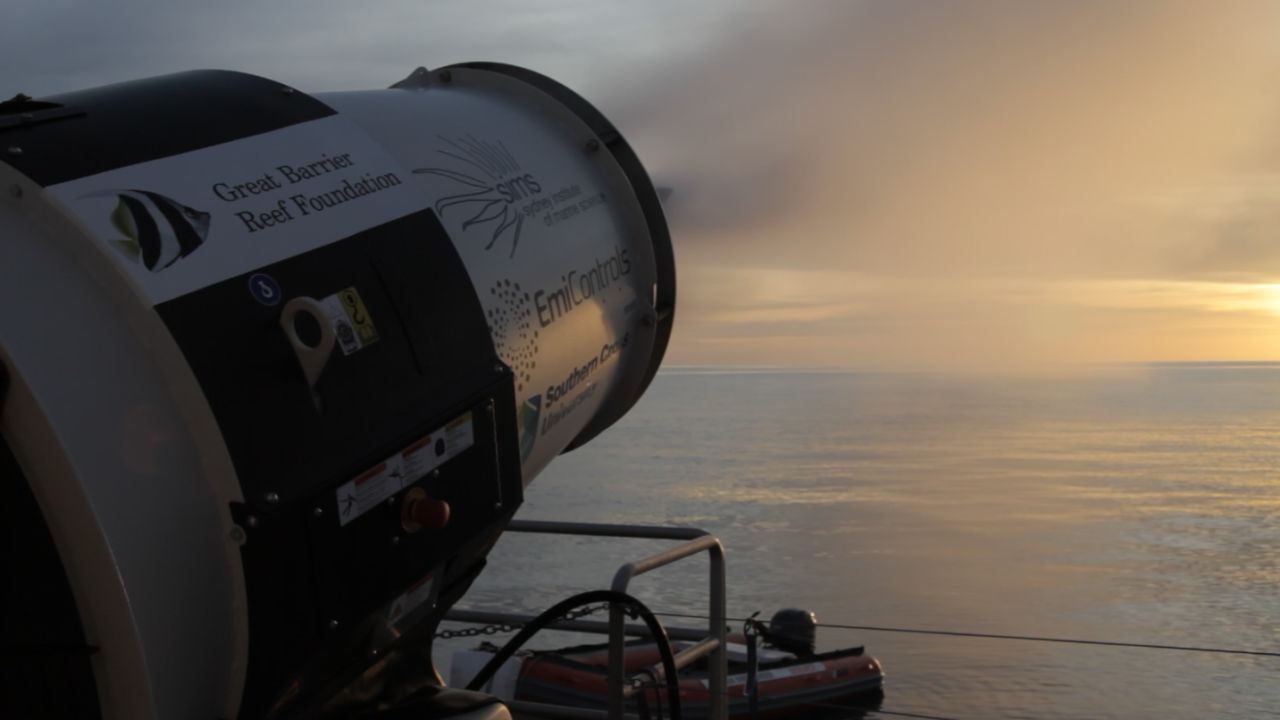
#How does marine cloud brightening work?
Our Reef is most at risk of bleaching and stress during extended periods of still and hot weather known as the doldrums. During this time cloud cover is often sparse, with reduced shade protection from the sun for the sea surface and corals below. The aim of marine cloud brightening on the Reef is to boost the cloud coverage in a particular area, and thereby also increase the amount of shade.
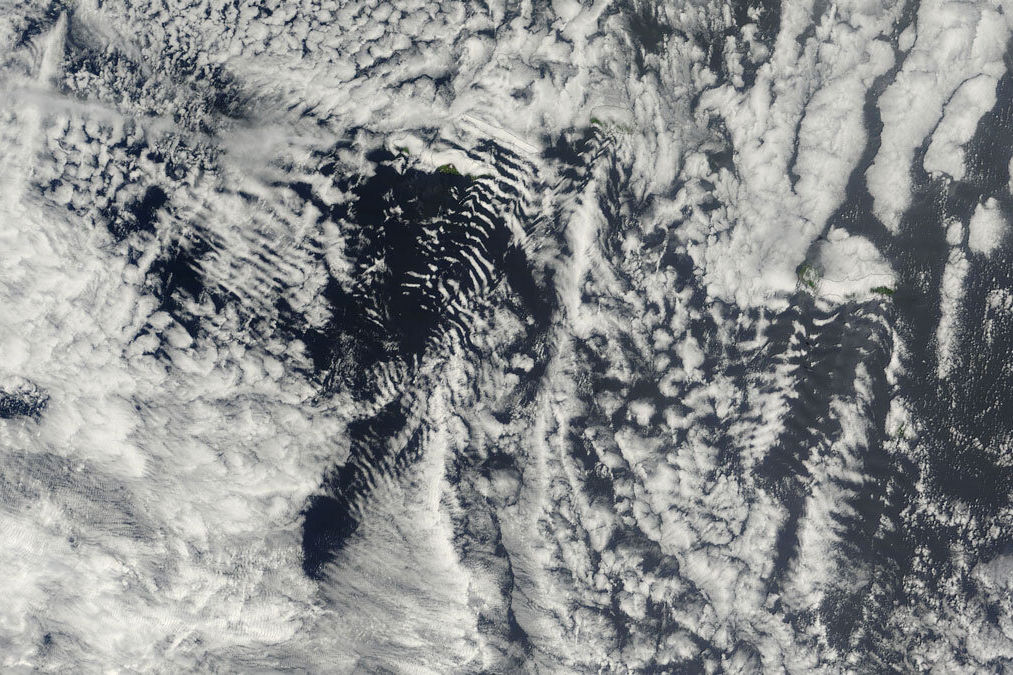
Marine clouds often form over our oceans and reefs with the help of sea salt crystals and other particles that attract moisture. Credit: NASA
Sea salt crystals, stirred up by winds from the ocean’s surface, naturally attract and gather moisture. When air rises, these form the beginnings of tiny cloud droplets. The number of sea salt crystals in a cloud determines how well the forming cloud can reflect away the sun’s rays.
Our early R&D into cloud brightening mimics these natural processes by using a specially designed seawater sprayer. Like a marine snow machine, it uses the surrounding seawater to generate hundreds of trillions of microscopic sea salt crystals. These crystals float into the sky to form a fog and bolster the existing clouds' reflectivity.
The sprayer is attached to a barge so it can be moved and used on different areas of the Reef, depending on atmospheric conditions at any given time.

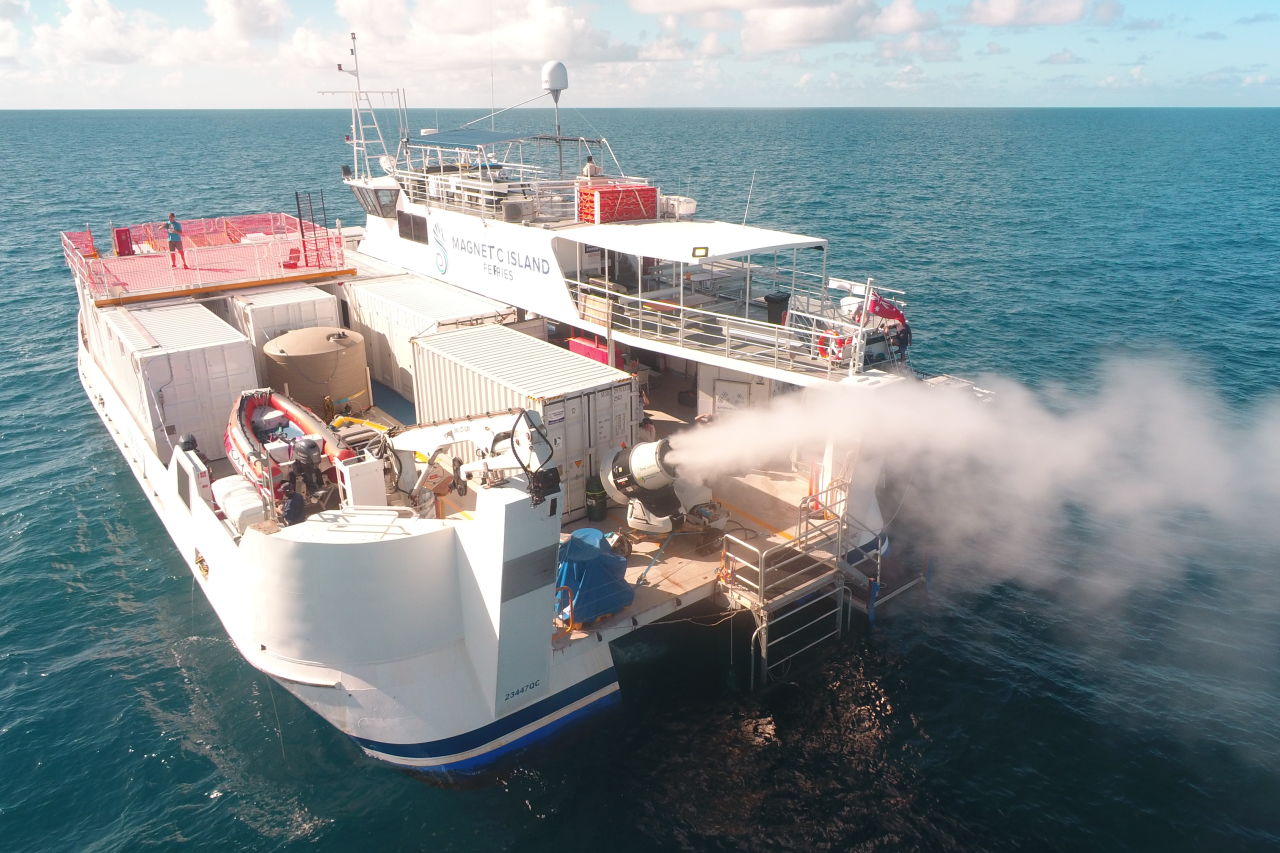
#How do we know cloud brightening could protect our Reef?
Modelling work has shown us that to be effective, sprayers need to operate over weeks to months, lowering the temperature a little each day when bleaching risk is high. It is not a drastic change, but rather a cooling accumulation in the waters of the Reef over a number of weeks.
Similarly, we know that the method has the potential to relieve coral bleaching stress over vast portions of the Great Barrier Reef, assuming the technology goals can be met.
As this is a world-first project, the effectiveness of the technique can only be confirmed and refined by a research and development program of real-world outdoor experimentation, under strong governance and with regulatory support. Under the Reef Restoration and Adaptation Program, we’re advancing this critical R&D, addressing the technical development requirements and practical feasibility of conducting cloud brightening at a regional scale.
#Misting and fogging solutions
We are also investigating the possibilities of spraying a fine sea water mist or fog over areas of the Reef. As with cloud brightening, the aim is to reduce the amount of sunlight and heat that reaches the sea surface and the coral reefs beneath.
Researchers first trialled the spraying equipment on land and measured the size and dispersal of the plume. The tests showed the mist reduced the amount of sunlight that reached the earth’s surface. Early on-water trials are now underway to further our understanding of the feasibility of this method.
Fogging and cloud brightening may work well together to reduce solar radiation on reefs across a wide range of atmospheric conditions.
#Why is cloud brightening research important for our Reef?
Climate change is the biggest threat to our Great Barrier Reef, and emissions reductions are essential if we are to secure a future for coral reefs around the world. Yet even with the strongest possible action on climate change, we know that the warming already locked into the system over the coming two to three decades will threaten the ability of reefs to recover.
Our hope is that timely, well-designed restoration initiatives that happen with Reef community support and involvement can restore corals so that future generations can experience a healthy Reef. We know that future reefs will be different to the reefs we have today, but our aim is to ensure that the ecosystem still functions and remains healthy.
By acting now to develop new, safe solutions quickly, we can stay ahead of the curve.
The Reef Restoration and Adaptation Program is funded by the partnership between the Great Barrier Reef Foundation and the Australian Government’s Reef Trust. It is delivered by a collaboration between the Australian Institute of Marine Science, the Great Barrier Reef Foundation, CSIRO, The University of Queensland, QUT, Southern Cross University and James Cook University.
#Related
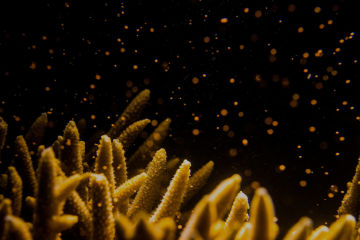
Explainers ·
What is coral spawning?

Explainers ·
Uncovering hidden species with eDNA

Explainers ·
What is biodiversity and why is it so important?
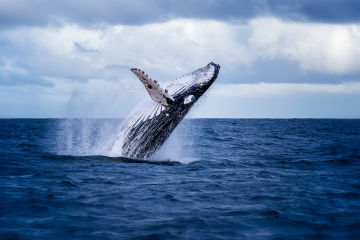
Explainers ·
